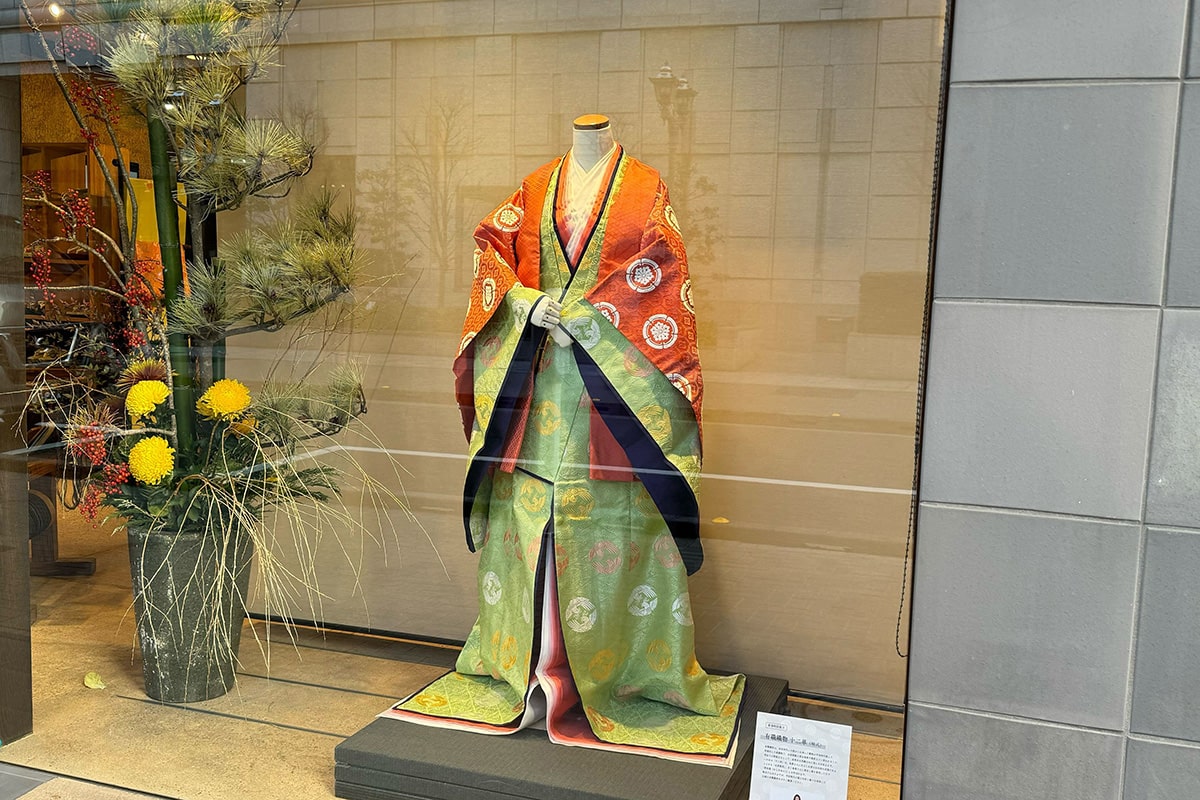From January 9th, We will be displaying a preproduction Junihitoe in store.
The Junihitoe (十二単衣) is the traditional formal attire worn by noblewomen during the Heian period in Japan, and although this is a simplified version, it faithfully replicates the elegant colors and weaving techniques of that era. We invite you to come and see this exquisite piece of traditional textile art.
Duration:9th ~ 18th January 2024
Location:Ginza Motoji Waori Wasen
Opening Hours:11:00~19:00
Phone : 03-3538-7878
What is Yuusoku (有職織物)
Yuusoku refers to a type of silk textile that originated in Japan during the Nara period (ad 710–784), woven with patterns influenced by textiles from the Asian continent. It became distinctly Japanese during the Heian period and was used for the clothing of noble class men and women, as well as for various furnishings. Today, it is appreciated for elegance and refinement. These days Yuusoku patterns are often found on women's Obi.
What is Junihitoe (十二単)?
The term Junihitoe as its known today, is the formal attire worn by female attendants serving the nobility during the Heian period. This attire consisted of multiple layers, including the "karaginu" (唐衣), "uenokimono" (表着), "uchigi" (打衣), "itsutsuginu" (五衣), "hitoe" (単衣), "nagabakama" (長袴), and "mo" (裳). For this exhibition, we will be showcasing the following three of these components.
Karaginu 唐衣
The Karaginu is a short decorative jacket worn on top of all the other layers. It is the most elaborate and eye-catching piece of the entire "Junihitoe" ensemble.
Uenokinu / Uwagi 表着
The Uenokinu is the garment worn just beneath the karaginu. It slightly smaller revealing the layers below, particularly the kasane or overlapping layers. It features contrasting colors at the collar, cuffs, and hem, which are known as omeri. These elements have carried over into modern kimono, and are now refered to as fuki.
Itsutsuginu 五衣
The itsutsuginu involves wearing five layers of uchiki (袿). Each layer would be a different color, according to a strict social code. These colors were called kasane no irome (襲色目). Until the 12th century, up to 12 layers of uchiki were worn at once, but by the end of the Heian Period five layers became standard.
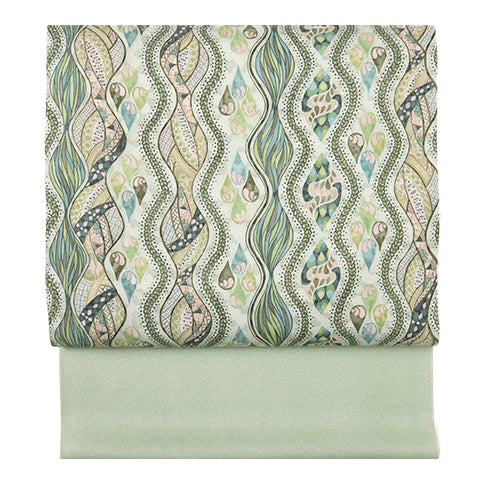 名古屋帯
名古屋帯
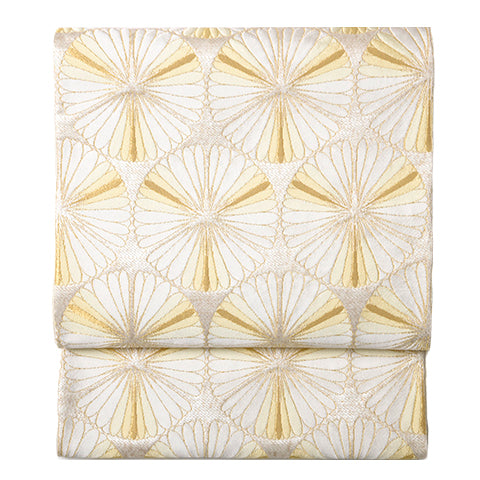 袋帯
袋帯
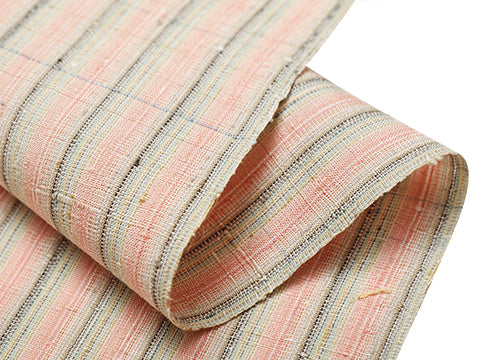 紬・綿・自然布
紬・綿・自然布
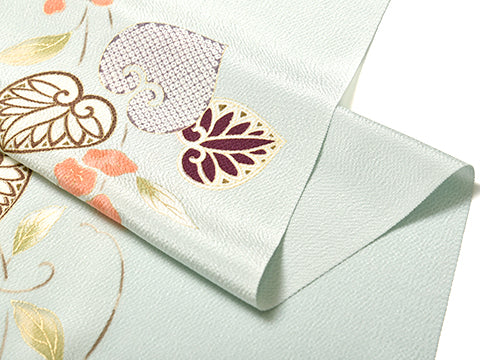 小紋・江戸小紋
小紋・江戸小紋
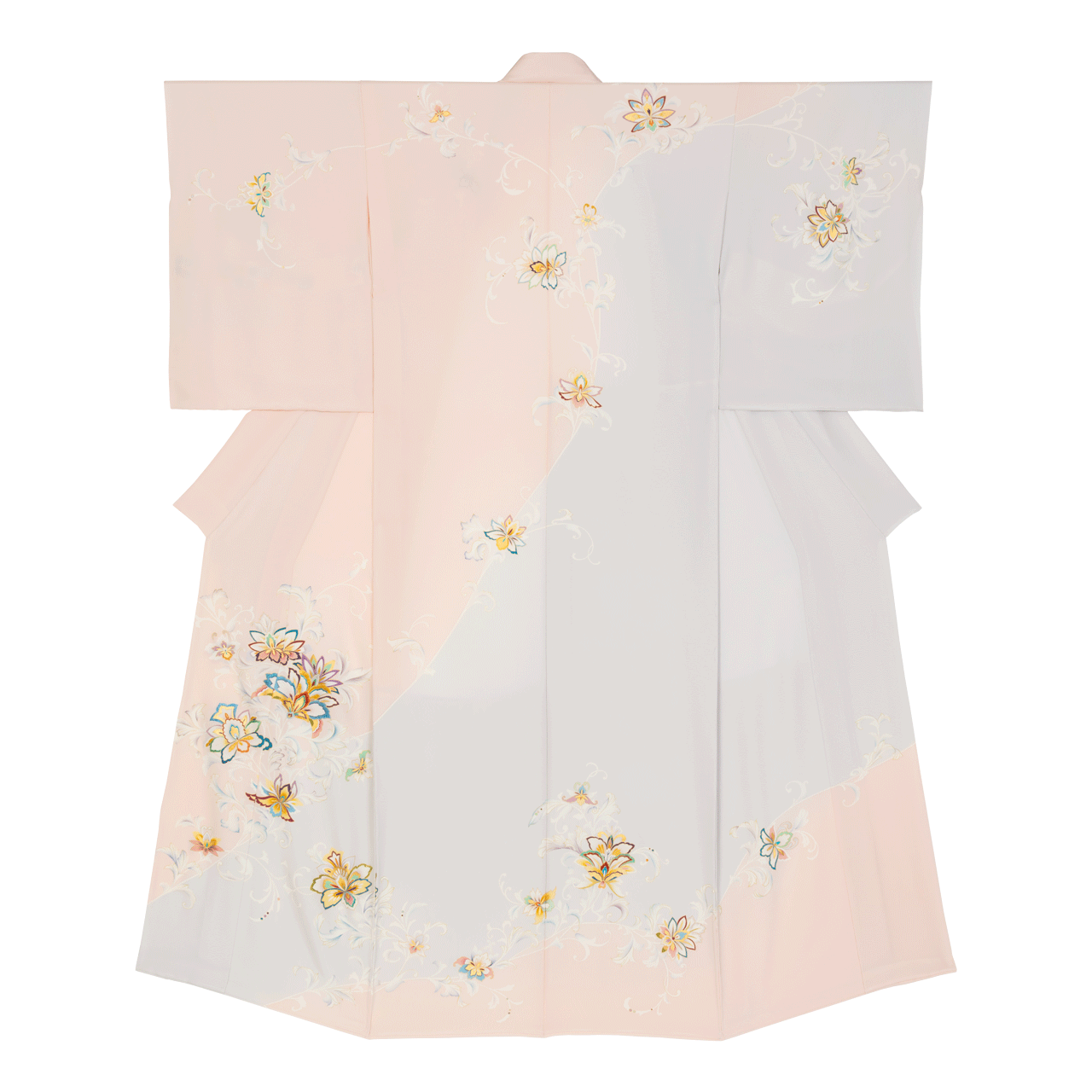 訪問着・付下げ・色無地ほか
訪問着・付下げ・色無地ほか
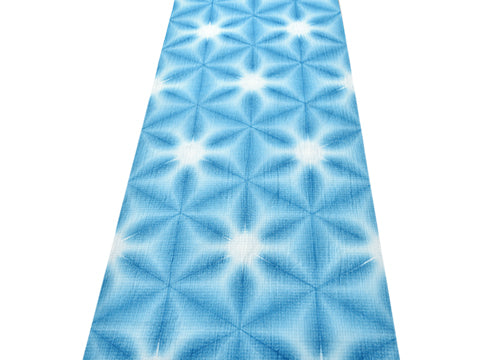 浴衣・半巾帯
浴衣・半巾帯
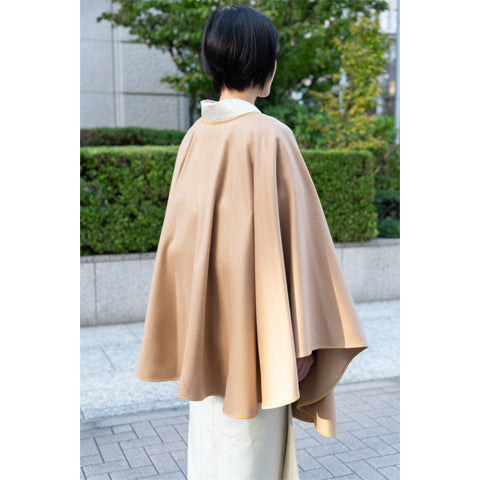 羽織・コート
羽織・コート
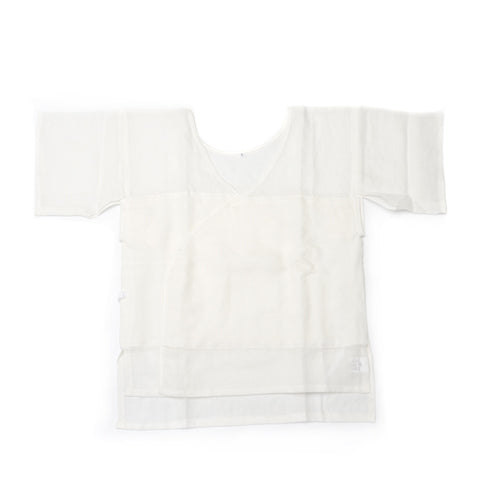 肌着
肌着
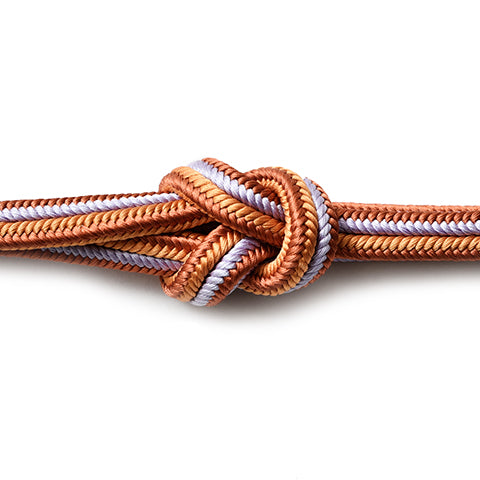 小物
小物
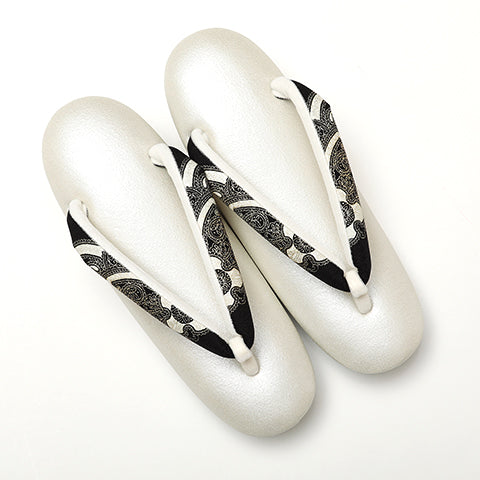 履物
履物
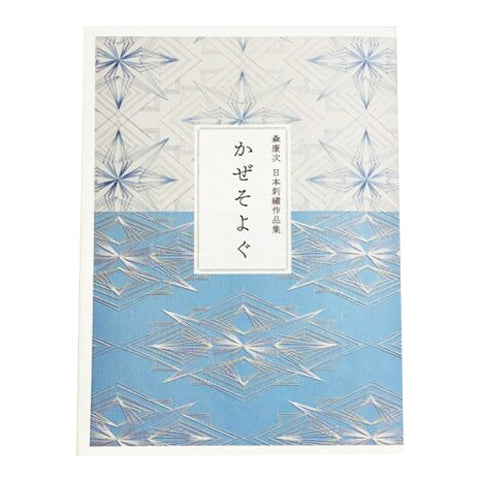 書籍
書籍
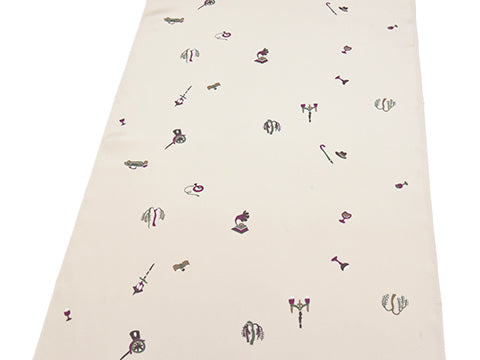 長襦袢
長襦袢
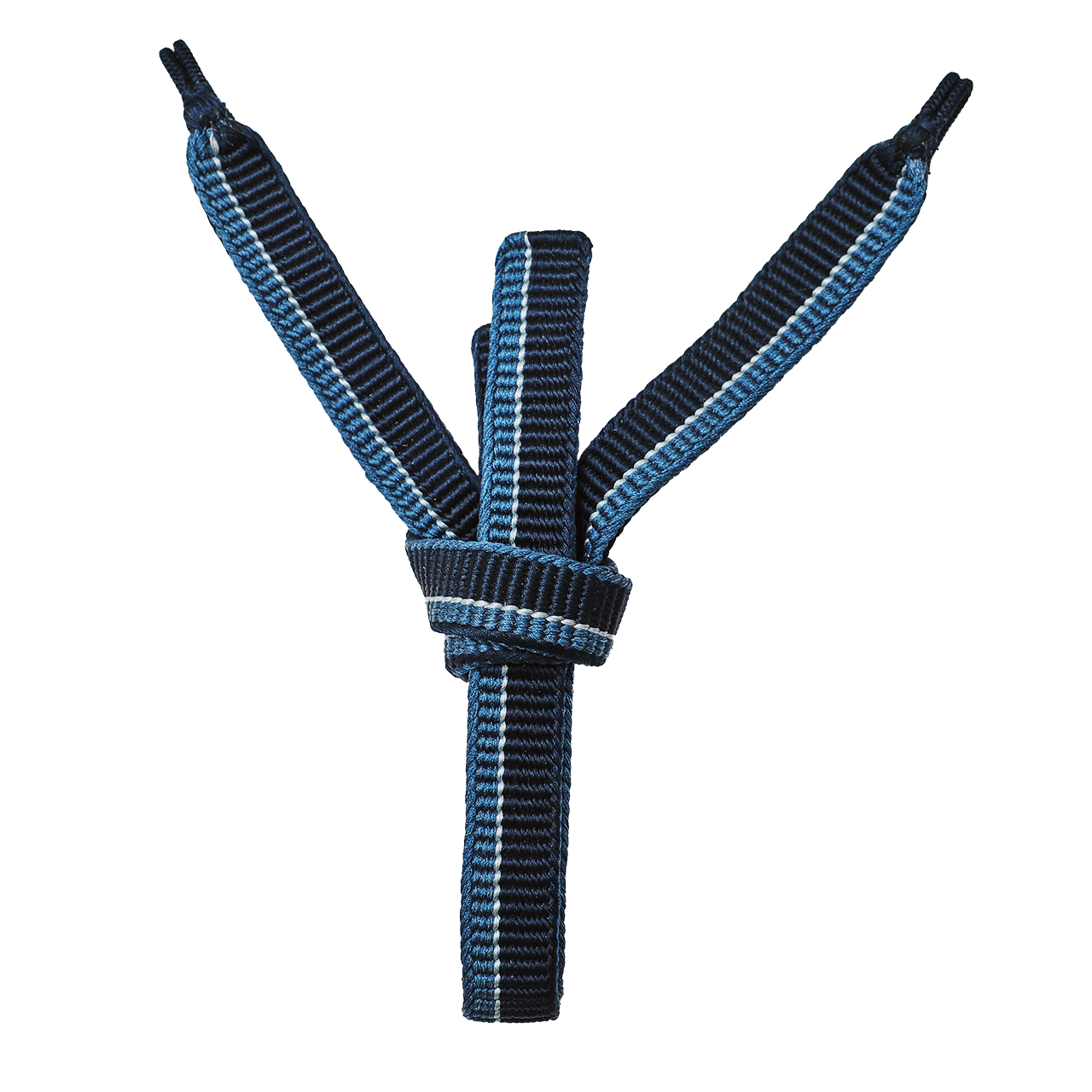 小物
小物
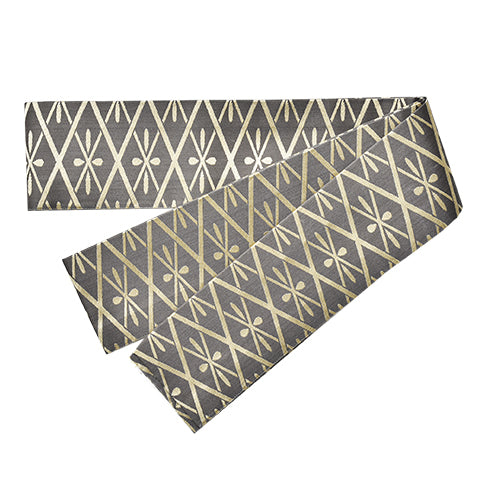 帯
帯
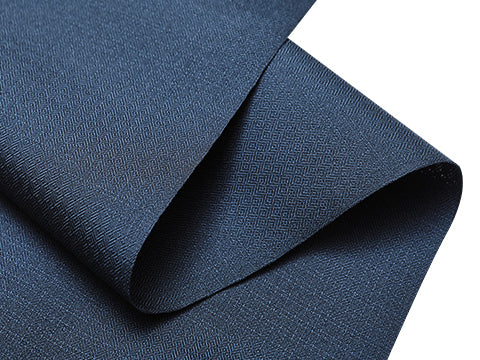 お召
お召
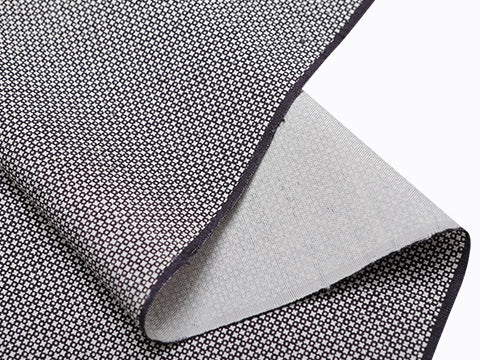 小紋・江戸小紋
小紋・江戸小紋
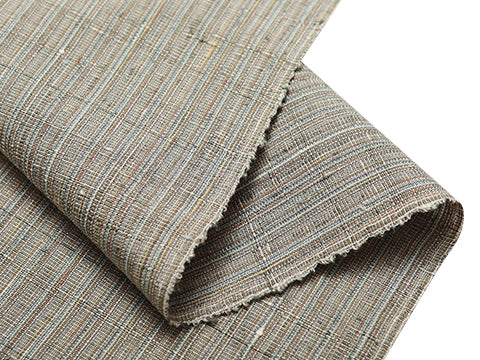 紬・綿・自然布
紬・綿・自然布
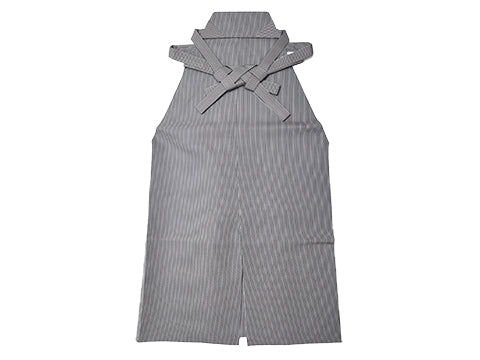 袴
袴
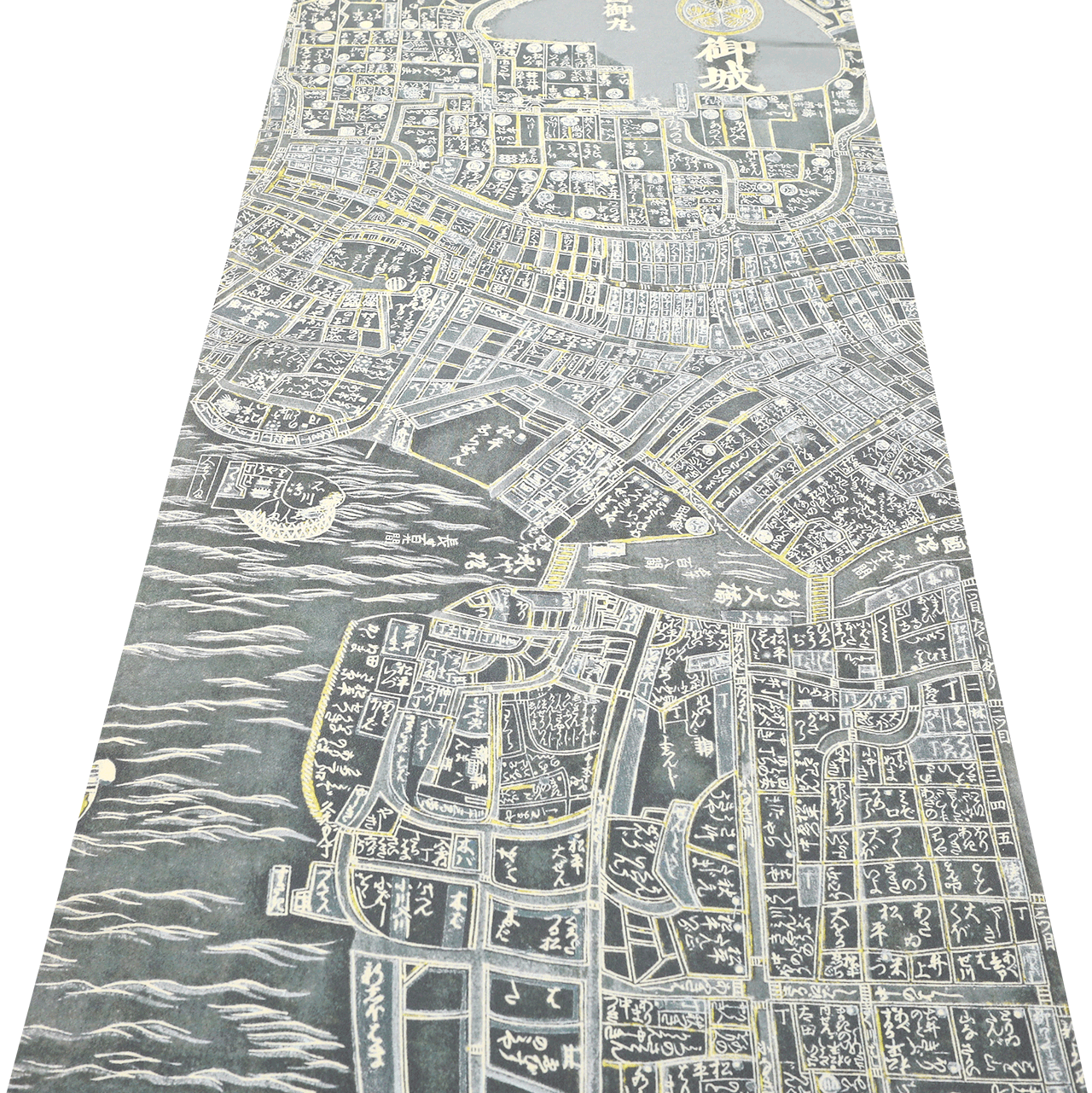 長襦袢
長襦袢
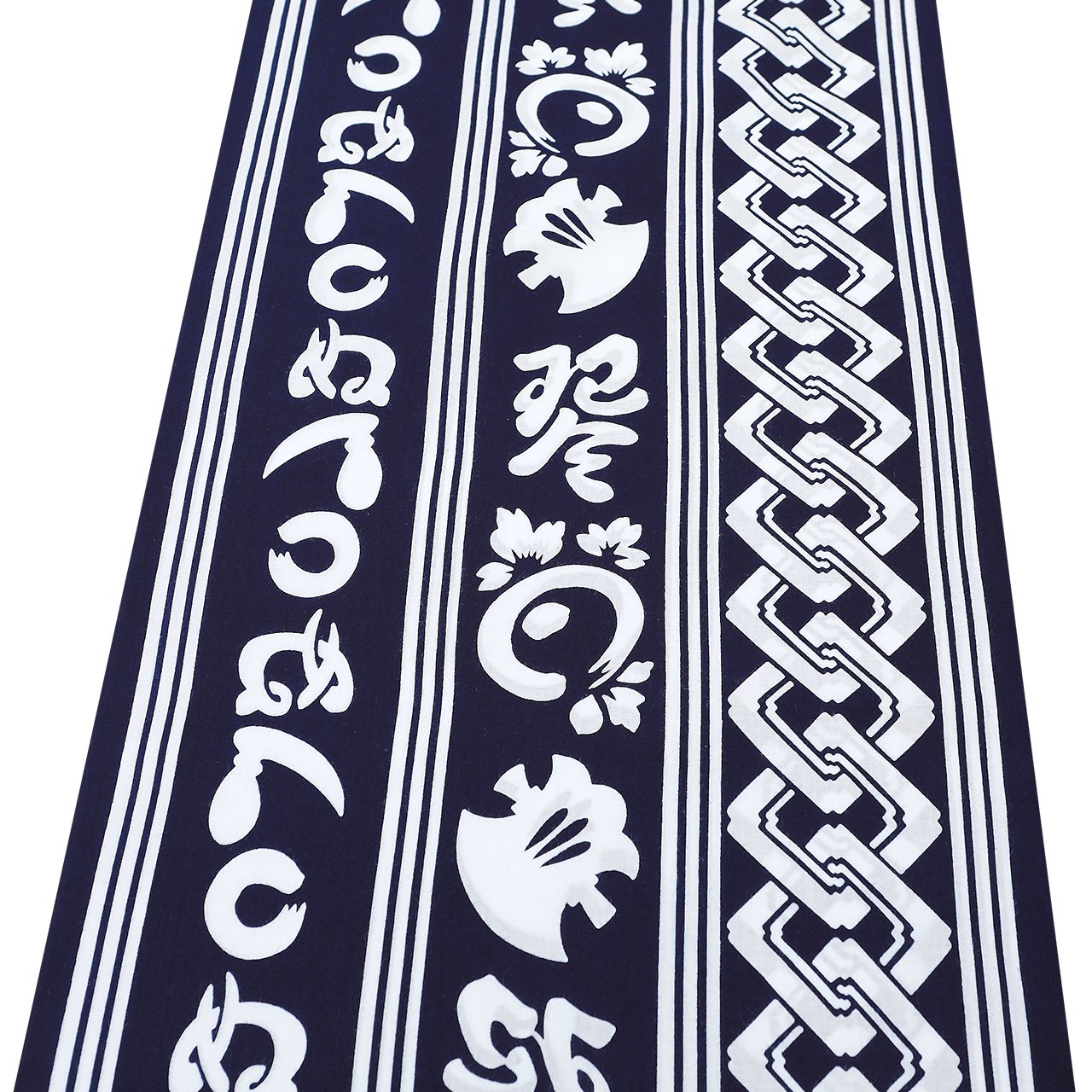 浴衣
浴衣
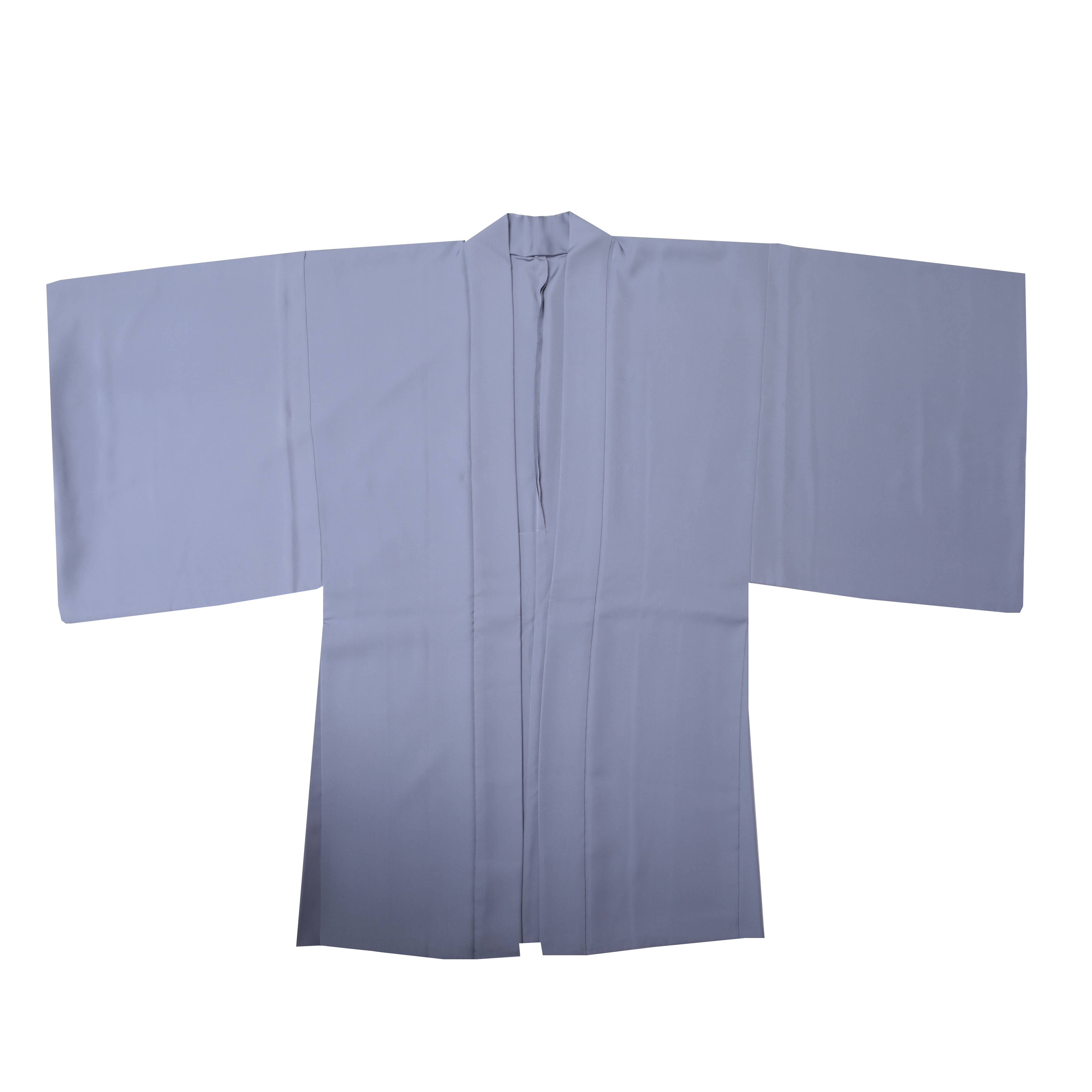 羽織・コート
羽織・コート
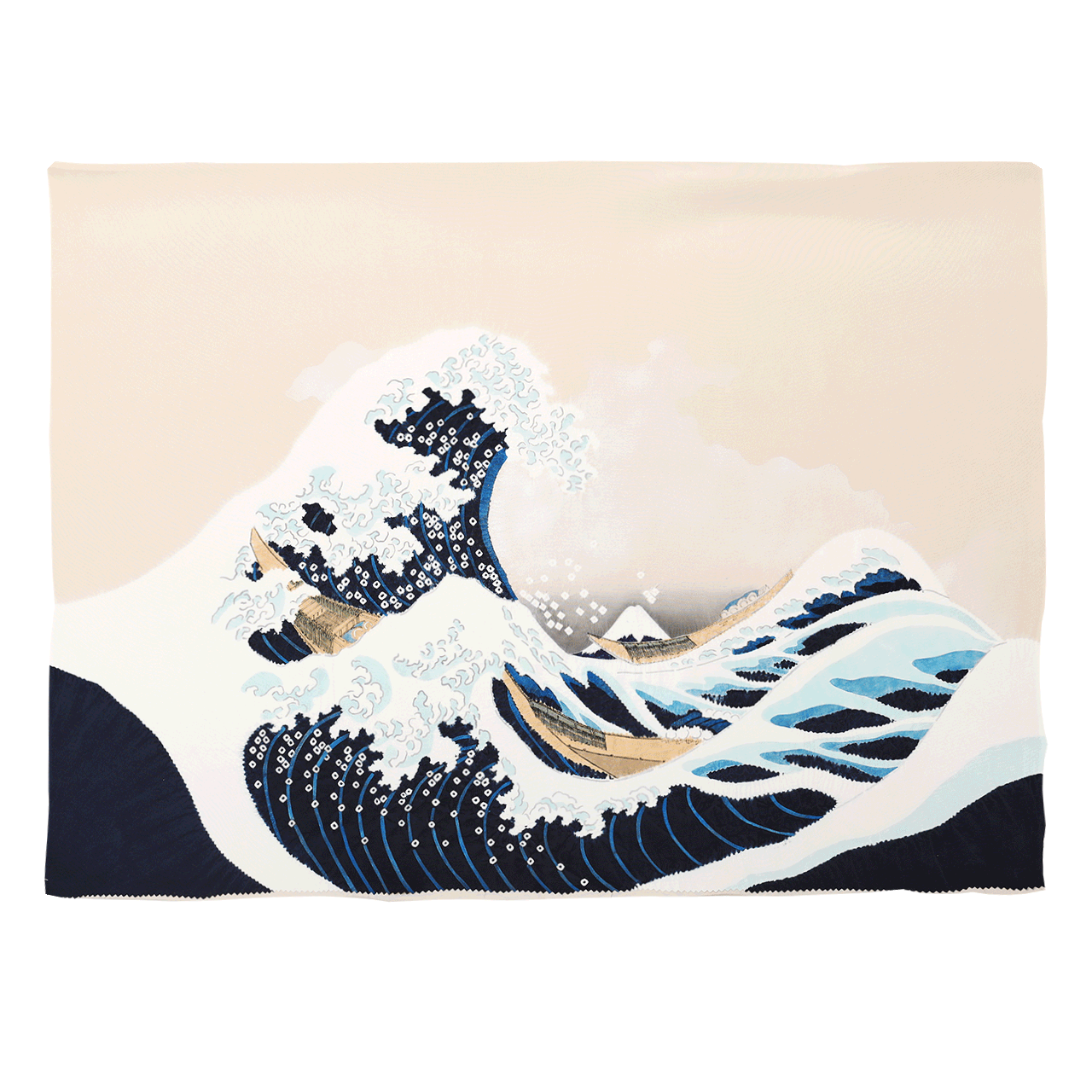 額裏
額裏
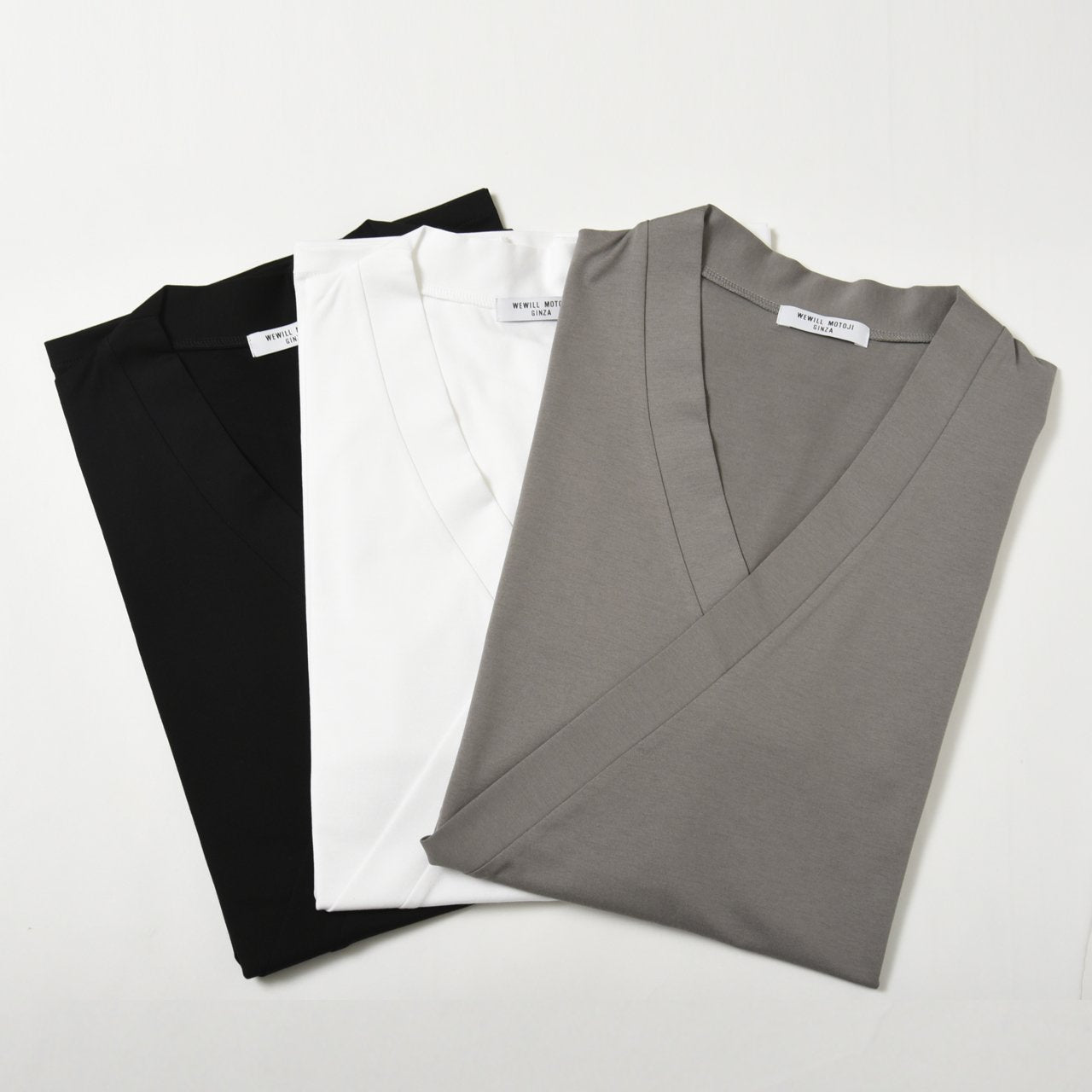 肌着
肌着
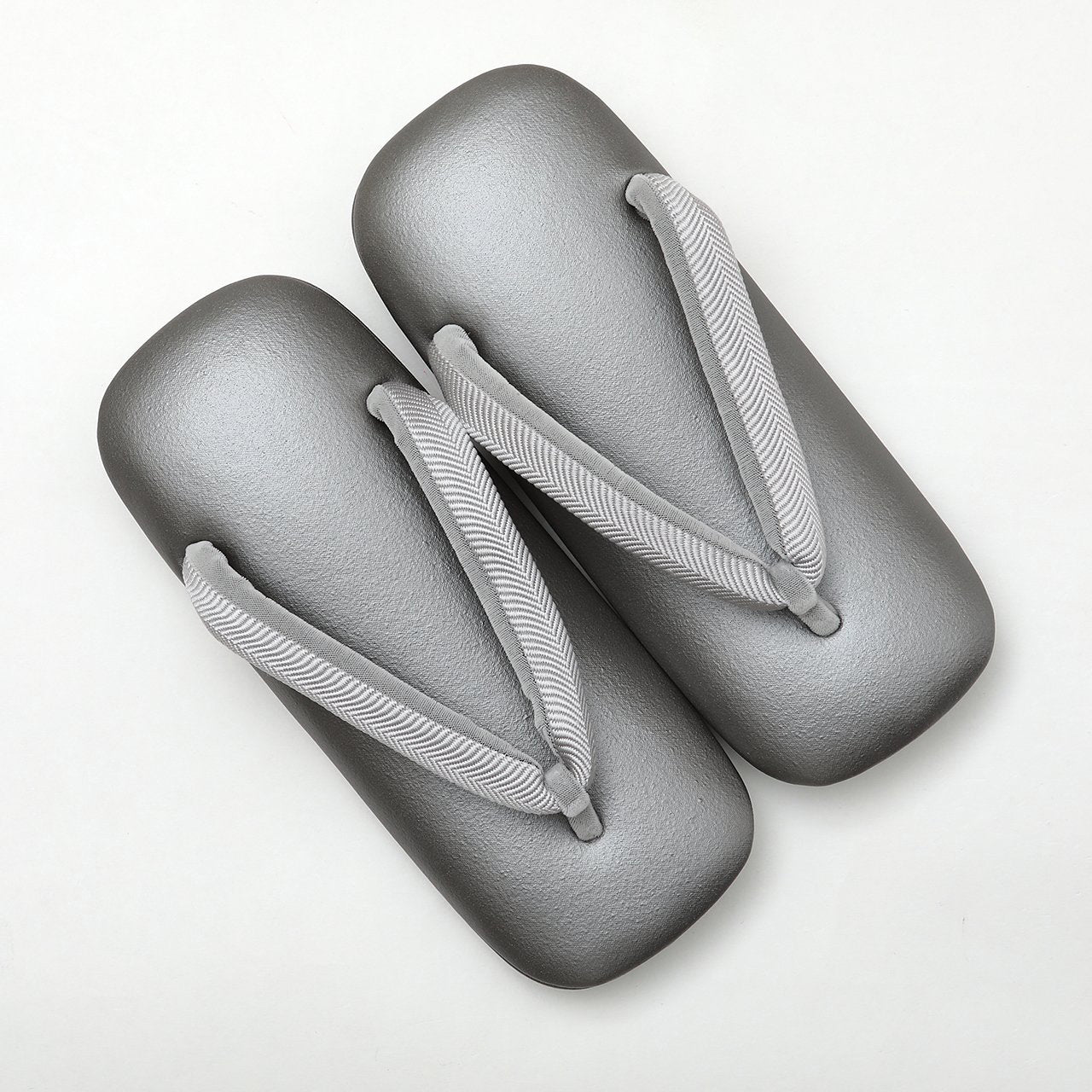 履物
履物
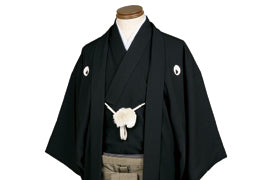 紋付
紋付
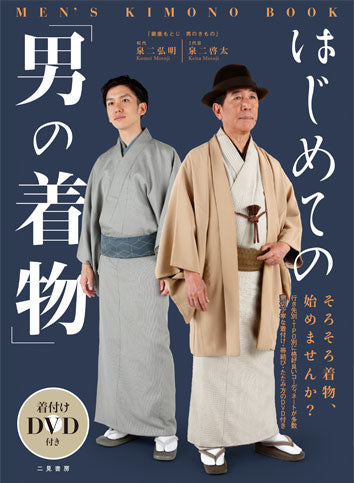 書籍
書籍
